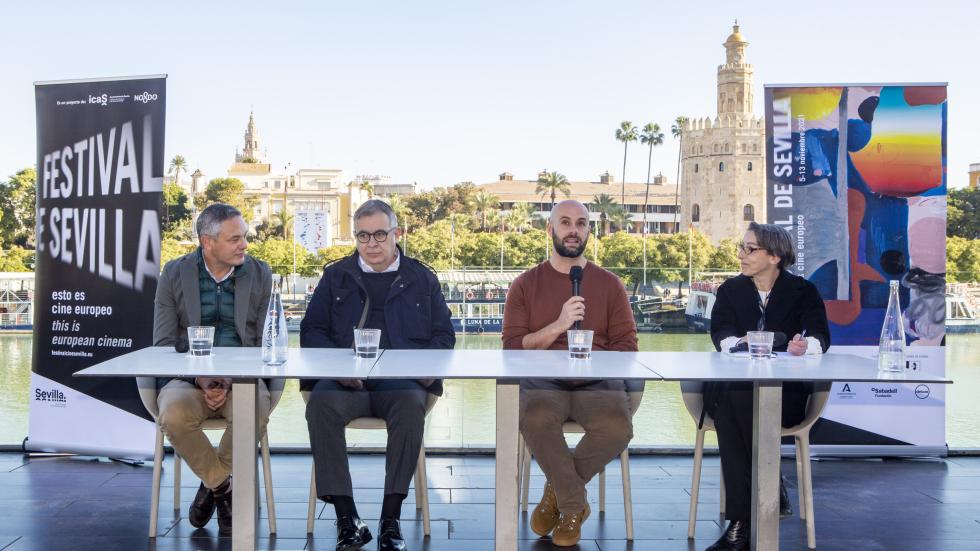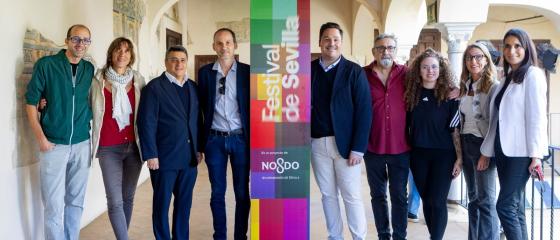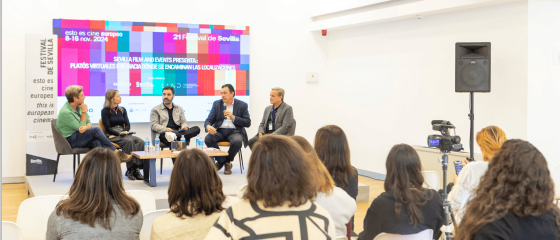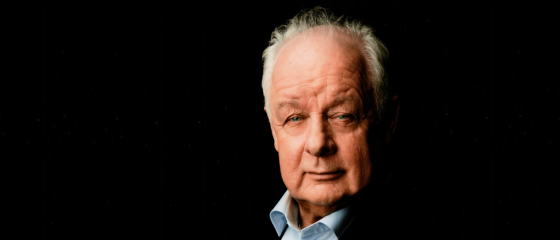The documentary, which premieres this evening at the Lope de Vega Theatre as the closing film of the Andalusian Panorama programme, deepens into the origins of one of the most important figures in the history of bullfighting
Curro Sánchez Varela has Juan Echanove as the narrator of this feature film that brings together the voices of Joaquín Sabina, Andrés Calamaro and Carlos Herrera to draw the portrait of Curro Romero.
Seville, 13th November 2020.- The programme of the Andalusian Panorama section of this 18th edition of the festival closes with the world premiere of Curro Romero, Master of Time, a documentary that will be presented this Saturday at the Lope de Vega Theatre as the last screening of the Seville Festival in this venue.
Curro Sánchez Varela (Goya for Best Documentary for Paco de Lucía: La búsqueda, about the life and work of his father) addresses in this new film the figure of a universal artist who forged a before and after in bullfighting and became a reference and living legend of 20th century Spain. His name continues arousing infinite passions 20 years after his retirement, after that last bullfight in La Algaba (Seville). As he explained to the media, Sánchez Varela focuses on ‘the most impressive moments of his career as a bullfighter and puts the focus on his philosophy and life trajectory and how he sees life.’ For the director, ‘Curro Romero is one of the great figures of the 20th century who transcends the world of bullfighting and who, every time he speaks, passes sentence.’
Created from the original idea of producer José Carlos Conde, the feature film shows Curro Romero in the first person, talking about everything he never wanted to talk about, and telling everything he always wanted to tell. Alberto García Reyes, who is also responsible for the executive production, has written the script for the film. The singularity and value of which is ‘having told his testimony in an intimate way. Curro is a very introverted person, so there is very little of him speaking in archive images,’ explained the journalist at the presentation. In this sense, García Reyes recalled how the filming took place ‘in an atmosphere in which the teacher had to forget that there were cameras. Curro, in private, when he saw the film, said that he didn't know how he was able to talk so much.’
The documentary, produced by Womack Studios in collaboration with Canal Sur and Mediaset, shows the unpublished personality, thoughts and wisdom of Curro Romero through conversations held with him, but also draws a unique universe through music and art. A journey through his life that will reveal an unusual wisdom in his way of seeing life and his way of understanding the world, thus discovering a genius still unknown to many, and a great philosopher of the word.
Regarding the tone of the film, Sánchez Varela explained that his obsession was ‘that the spirit of Curro should permeate the project.’ So much so that, as he revealed, young people have worked on it who at first had nothing to do with the world of bullfighting and at the end of the project have defined themselves as Curro’s fans.’
Narrated in the first person by the bullfighter and Juan Echanove, the two tell different passages of the bullfighter's life: from his origins to his last performance in the bullring of La Algaba, on the verge of his 67th birthday. According to the experts, his life has been a career full of successes on the bullring and discreet outside it.
In addition to Echanove, one can also hear the voices of personalities from different fields such as Joaquín Sabina, Miquel Barceló, Andrés Calamaro, José María García, Carlos Herrera and Antonio Burgos, biographer of Curro Romero, among others. Also, flamenco artists and great masters of bullfighting of all times have collaborated, due to the special relationship that the bullfighter has maintained with this artistic expression.
The film, on which the team has been working for two years, has also drawn on abundant unpublished archive material to deepen into the nature of the myth that has accompanied Curro Romero since the mid-20th century and to recreate the bullfighting world and the society of a Spain in which bullfighters were the true stars of the country's culture.







